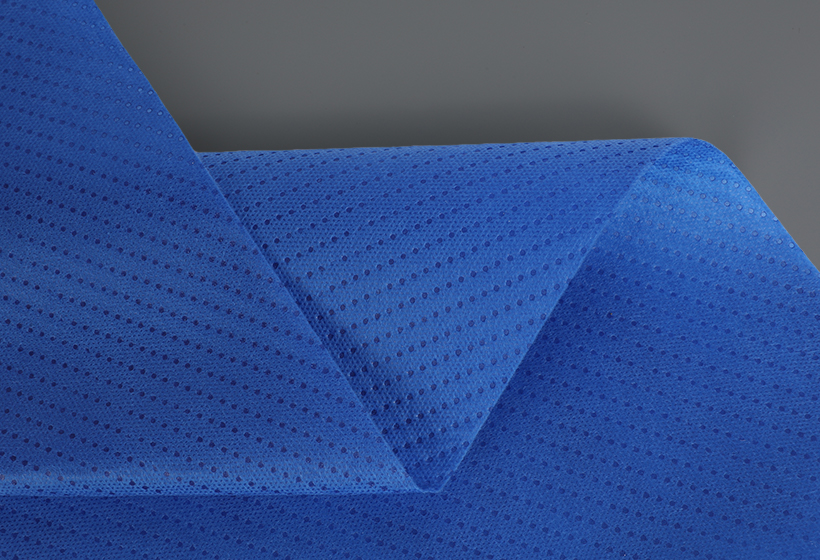Bicomponent nonwovens have shown broad application prospects in many fields due to their excellent composite properties. With the advancement of science and technology and people's continuous improvement in material performance requirements, bicomponent nonwovens will play an important role in more fields.
Characteristics of bicomponent nonwovens
Excellent properties of composite materials
Bicomponent nonwoven fabric, as the name suggests, is a nonwoven fabric composed of two or more polymer materials with different properties. This composite method not only combines the advantages of different materials, but also significantly improves the overall performance of the material through clever arrangement and structural design. Specifically manifested in the following aspects:
Enhanced mechanical properties: The combination of different materials can form nonwovens with higher strength, higher modulus and better fatigue resistance. For example, by combining fibers with high tensile strength and fibers with excellent elasticity, it is possible to create materials that are both durable and elastic.
Functional expansion: Different polymer materials often have their own unique functionalities, such as antibacterial, waterproof, breathable, etc. Through two-component compounding, the overall performance of the material can be further improved while retaining these functionalities. For example, the combination of antibacterial fibers and water-absorbent fibers can produce nonwoven fabrics that have both antibacterial properties and good moisture absorption and perspiration effects.
Cost-effectiveness: By selecting appropriate composite material proportions and structural design, costs can be effectively controlled while ensuring material performance. Especially in some fields that require high material performance but also have certain cost restrictions, bicomponent nonwovens have obvious advantages.
Application areas
Medical and health field
In the field of medical and health care, bicomponent nonwovens are widely used in the production of medical supplies such as surgical gowns, masks, and protective clothing due to their excellent breathability and antibacterial properties. Especially in the context of the current global epidemic prevention and control, the demand for such materials has increased sharply. By rationally designing the structure and proportion of two-component materials, medical supplies that are both safe and comfortable can be produced, providing better protection for medical staff and patients.
personal care field
In the field of personal care, bicomponent nonwovens are also widely used. For example, the absorbent layers of disposable products such as baby diapers and sanitary napkins are usually made of two-component materials to increase their water absorption speed and water-locking ability. At the same time, these materials also have good breathability and softness, providing users with a more comfortable experience.
Environmental protection and packaging fields
In the field of environmental protection and packaging, bicomponent nonwovens are gradually becoming a substitute for traditional plastic packaging materials due to their degradability and excellent mechanical properties. This type of material not only has a lower environmental burden, but can also achieve resource recycling through recycling and reuse. In addition, in the agricultural field, two-component nonwoven fabrics can also be used to make greenhouse covering materials, grass-proof cloth, etc., to provide good environmental conditions for the growth of crops.

 English
English Español
Español












